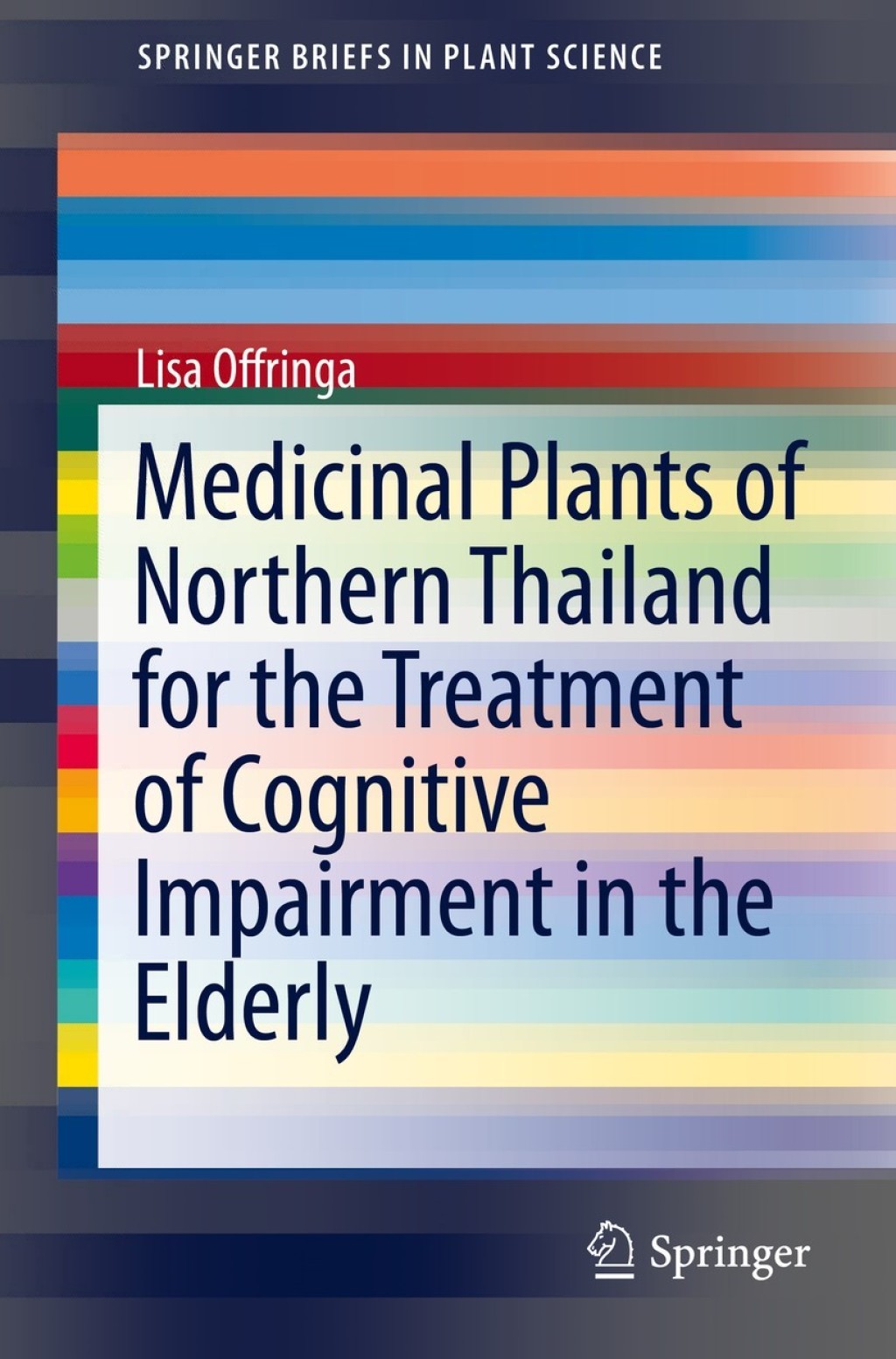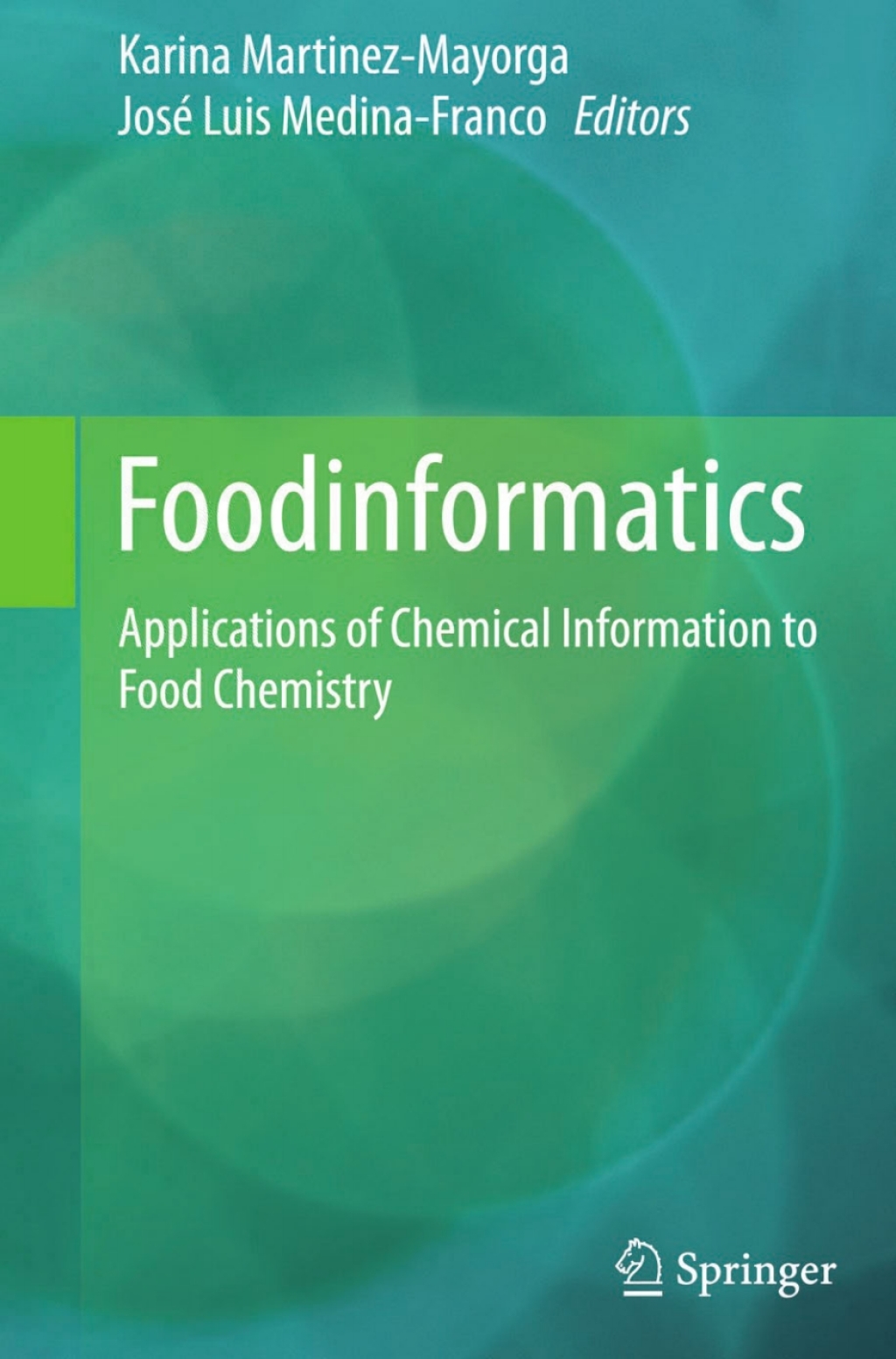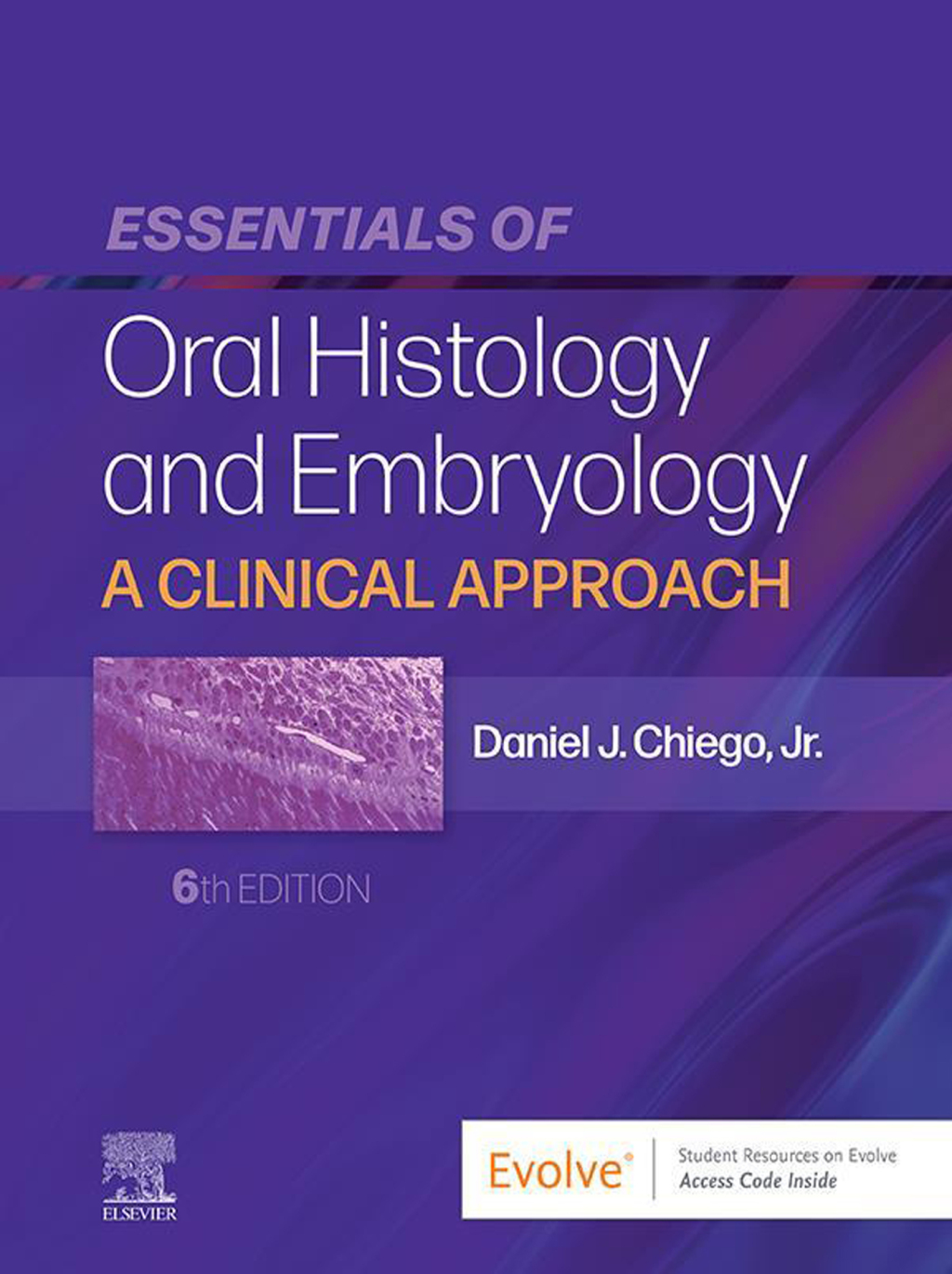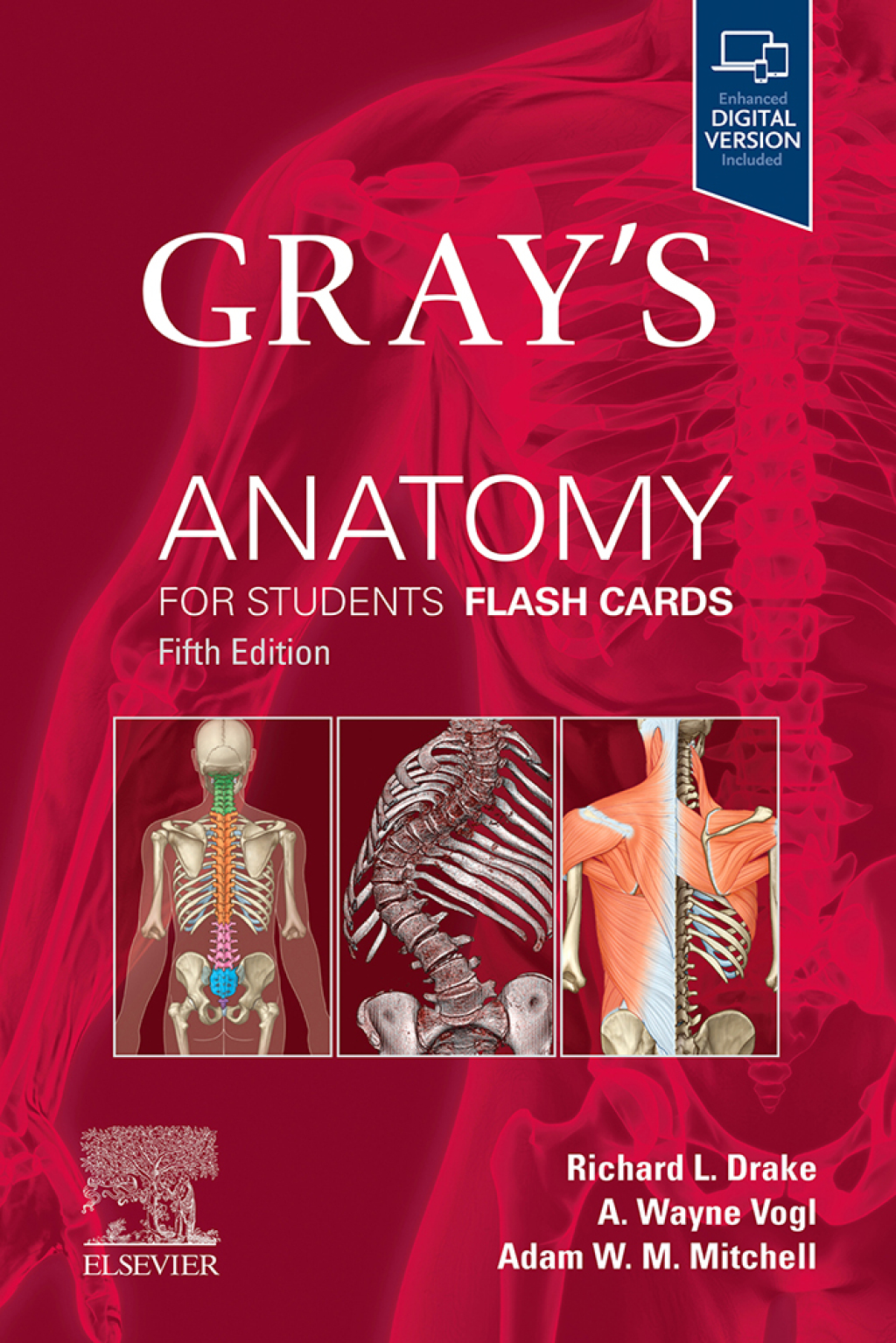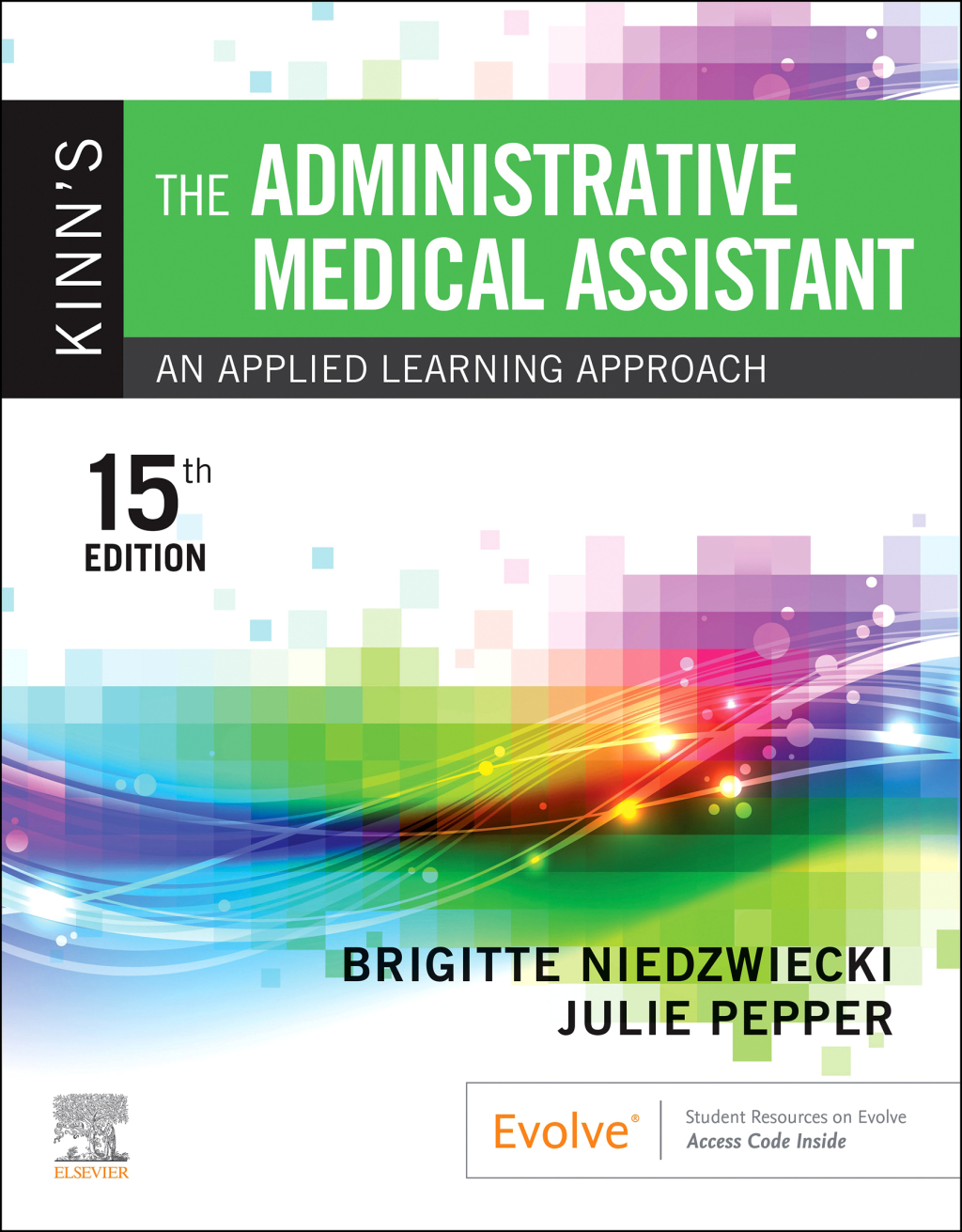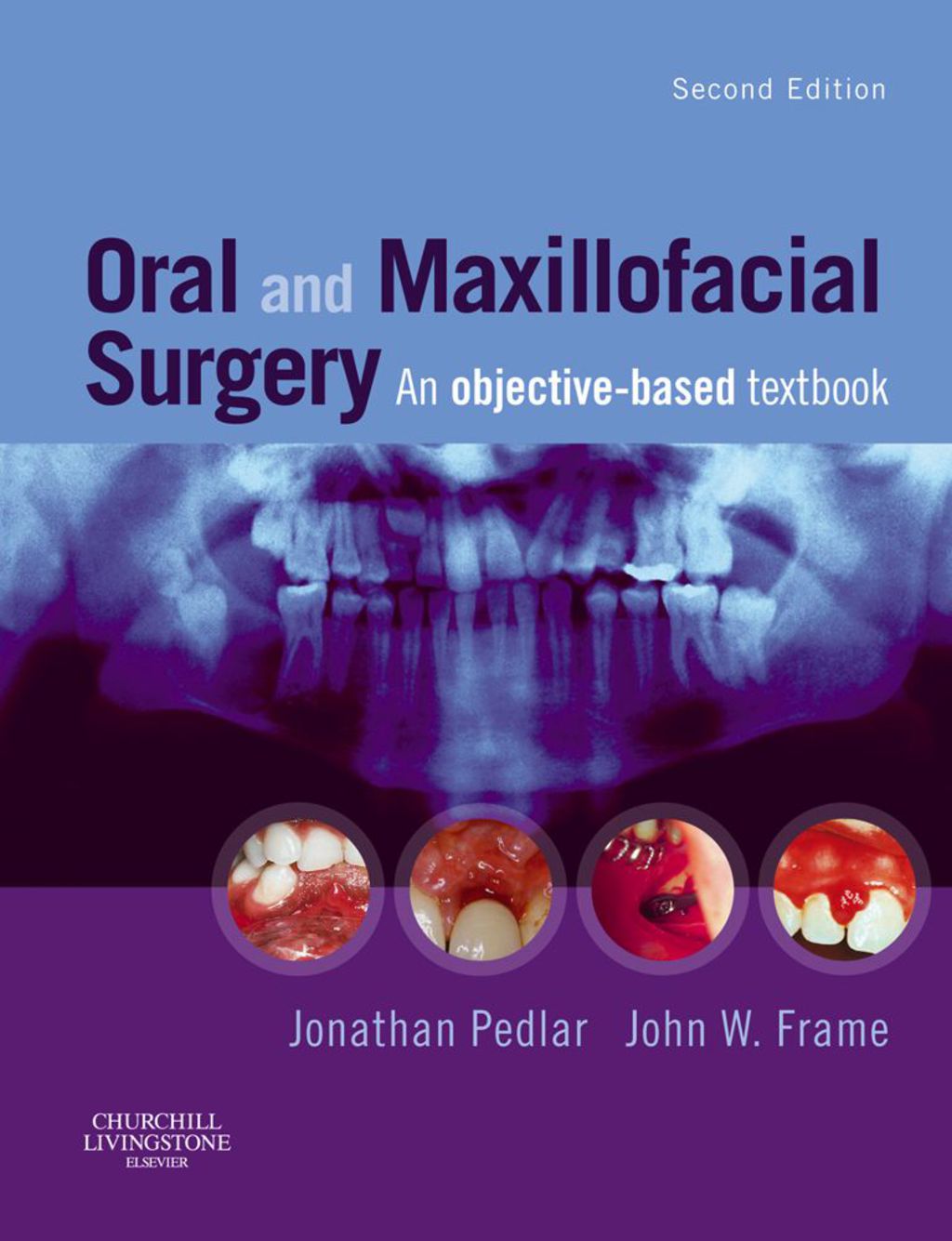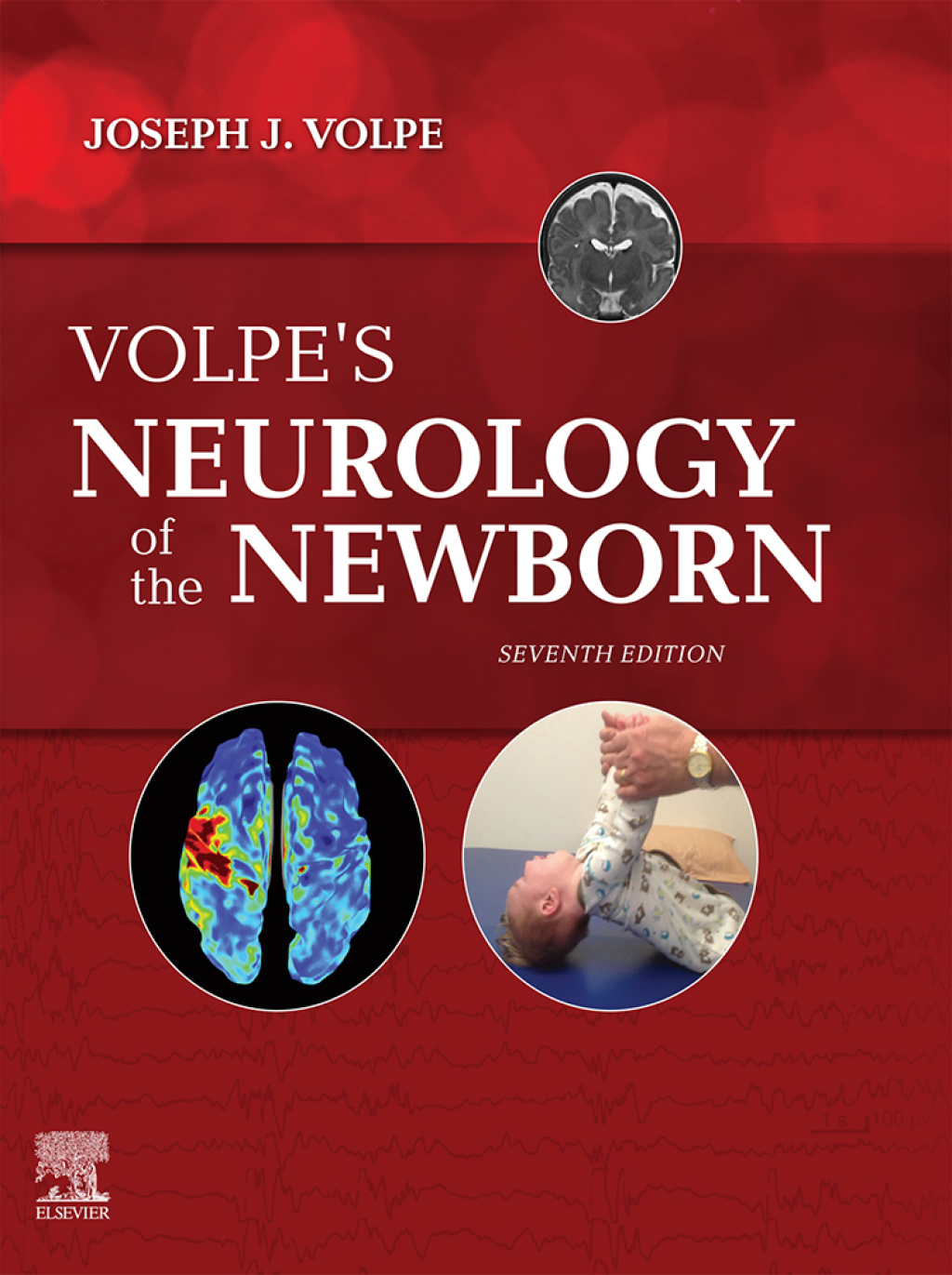The explosion in the generation of information parallels the explosion of computational resources. The use of computers to collect, store and manipulate chemical information is at the heart of chemoinformatics. These methodologies, whose main target thus far has been the pharmaceutical field, are general and can be applied to other types of chemical data sets, such as those containing food chemicals. While the use of chemical information methodologies to address food-related challenges is still in its infancy, interest is growing and will continue to do so as the methods prove useful, particularly for providing practical solutions to food industry challenges. Foodinformatics gives an overview of basic concepts, applications, tools and perspectives of the emerging field of foodinformatics. The book is an important addition to the literature and will be of interest of food chemists, nutritionists, informaticians and scientists of related fields. About the Editors Karina MartÃÂnez-Mayorga, Instituto de QuÃÂmica, UNAM, Mexico City, México and Torrey Pines Institute for Molecular Studies, Port St. Lucie, FL, USA José Luis Medina-Franco, Instituto de QuÃÂmica, UNAM, México City, México, and Torrey Pines Institute for Molecular Studies, Port St. Lucie, FL, USA
“Atlas of the Ultrastructure of Diseased Human Muscle” has been added to your cart. View cart
Foodinformatics Applications of Chemical Information to Food Chemistry
Author(s):
Publisher: Springer
ISBN: 9783319102252
Edition:
$39,99
Delivery: This can be downloaded Immediately after purchasing.
Version: Only PDF Version.
Compatible Devices: Can be read on any device (Kindle, NOOK, Android/IOS devices, Windows, MAC)
Quality: High Quality. No missing contents. Printable
Recommended Software: Check here


